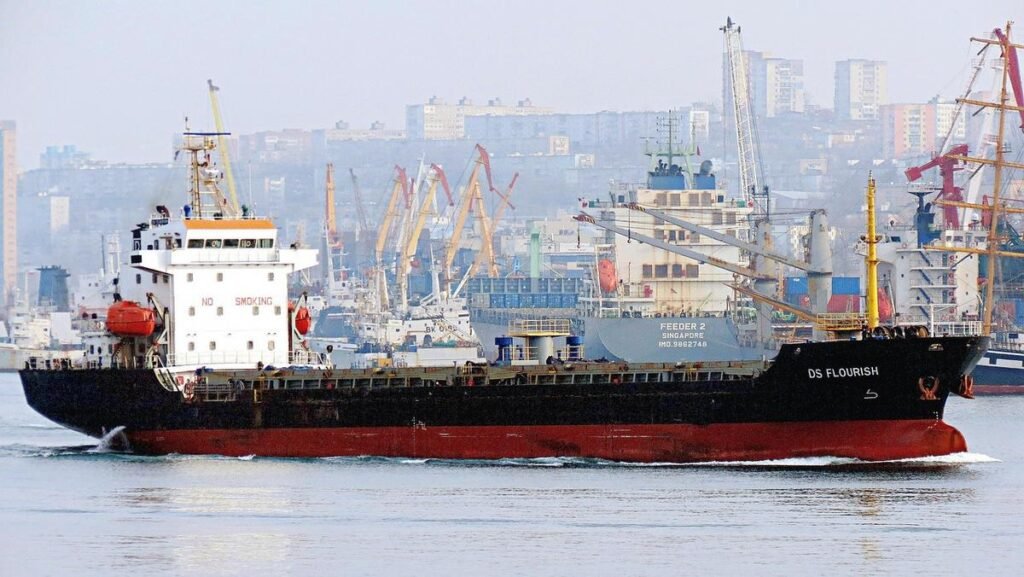AUSTIN, Texas and SEATTLE — Outpost, a national truck terminal operator and automation company, today introduced its gate automation platform to shippers, enterprise fleets, and terminal operators across the United States.
The system leverages AI-driven computer vision to slash operating costs at entry points by roughly 70 percent, strengthen yard security, eliminate delays at arrival and departure, and capture up to 99.9 percent of gate interactions with reliable, verifiable data. Outpost put the platform through a rigorous testing phase, processing more than one million gate events at its own network of over 20 terminals and drop yards before a wider rollout.
“Outpost’s mission is to build the backbone of freight. Extending our technology footprint from our own properties to our customers’ terminals is the next logical step in achieving that mission,” says Greg Akselrod, chief technology officer at Outpost. “By linking carrier terminals and drop yards into a single operational network, we’re enabling a new level of visibility and coordination across the freight ecosystem, turning the gate from a cost center into a strategic control point.”
For decades, gate processes have been viewed as a cost sink in the supply chain. Staffing an entry point around the clock can top $25,000 each month, yet many sites lack clear visibility into equipment status. Manual check-ins often miss mismatches between trailers, unauthorized arrivals go unnoticed, and guard turnover rates ranging from 100 percent to 300 percent cause frequent disruptions. Outpost estimates these practices create more than $6.7 billion in annual avoidable expenses nationwide.
Outpost points to a growing security threat tied to outdated manual checkpoints. Nearly one in three cargo thefts in 2024 occurred at warehouses and distribution centers, with insider participation on the rise. These breaches often exploit the same procedures that drive waste. The new platform, shaped by Outpost’s hands-on experience as a terminal operator, is designed to counter such risks with automated controls and constant monitoring.
The technology integrates computer vision, voice recognition, artificial intelligence, and remote agents to pare down expenses and bolster security measures at gate sites. It represents the industry’s only vertically integrated gate automation solution, covering software, hardware, civil planning, installation services, and ongoing remote operations support. Terminal-level rollouts can wrap up in as little as one week at most locations.
As the system processes each arrival and departure, it logs time-stamped images and audit trails that give facility managers a complete record of gate activity. Adaptive learning algorithms refine detection models for different trailer makes, driver badges, and site layouts, enhancing accuracy in diverse operating conditions.
A comprehensive computer vision system covers 20 detection and inspection points, enabling the platform to identify each vehicle, driver credential, document, and anomaly. Machine learning algorithms refine the system over time, improving accuracy and response with every gated entry or exit.



